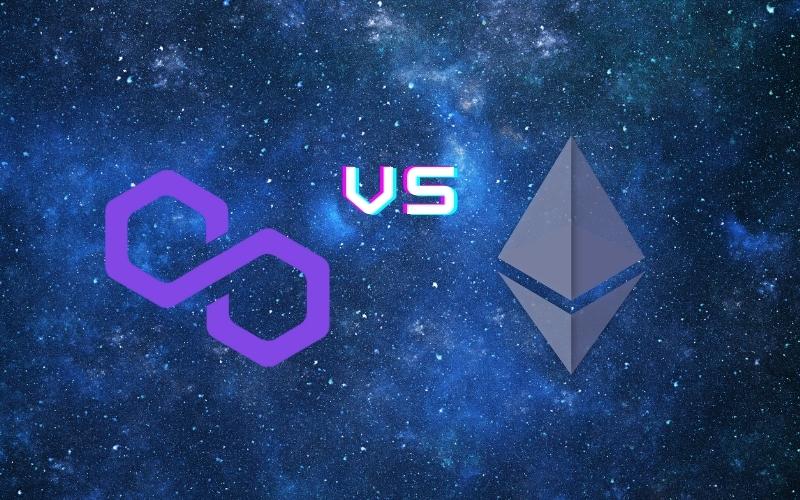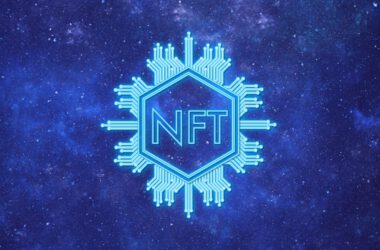Polygon and Ethereum are some of the busiest networks for NFT trading and play to earn games. Ethereum was the first network to host collectibles and games, and Polygon arose out of a need to have faster, cheaper transactions and scale Ethereum.
Initially, the Ethereum team had tried to implement a form of side chain scaling. Polygon, formerly Matic, actually realized that solution with its own protocol. Polygon also works as a partner network to Ethereum, rather than a competitor, despite the fact that some games choose to migrate to the new chain.
Polygon Vs. Ethereum Use Cases
Ethereum set the pace with multiple use cases, which had one constraint – network capacity. Ethereum can fulfill most tasks related to token transfers, staking, trading, rewards or other automated actions. However, the network sets a competitive environment of gas fees, which prevents some actors from scaling their apps.
Polygon is a Layer 2 solution and contains all Ethereum use cases with additional ones unique to its side chains. Because of its speed, Polygon also works as a fintech hub for token payments, for decentralized swaps and trades, staking and passive income, cross-chain and multi-chain bridges and apps.
Polygon Vs. Ethereum: MATIC and ETH
The MATIC native token has a low per-unit price and a relatively higher supply of 7.75B. The token is used to pay the small fees on the network, and is also a reward token in some P2E games.
ETH has a supply of more than 120M and despite the initial claims, the production of tokens will continue forever, though at a slower pace. The network also burns tokens for transactions, starting August 2021, with a rough estimate of $2B worth of Ethereum to be burned in a year. Additionally, ETH is also locked for staking and liquidity, thus limiting the freely available tokens. ETH also has a high per-unit price, which has peaked close to $4,800.
Polygon Vs. Ethereum: Blockchain Capacity
The Ethereum blockchain can handle 1.127M transactions per day, with more during peak days. The network still remains difficult to scale, especially for demanding apps.
Polygon has reached 3M transactions per day, and has built a set of multi-chain instruments. The network carries games like Pegaxy performing tens of thousands of operations per day, NFT trades and reward distributions.
It is not unusual for games to launch on Ethereum until they reach wider adoption, then migrate to Polygon.
Polygon Vs. Ethereum: Which One to Choose
The two chains form a specific synergy and in fact, starting out in P2E may be impossible without some ETH tokens. However, the Polygon version of tokens is quickly becoming dominant, with most games migrating after gaining more users. Polygon is essential to access games like Sunflower Land, Crazy Defense Heroes, and Pegaxy.
It is better to think of Polygon as an extension of Ethereum. Both networks can be accessed using the MetaMask wallet.










